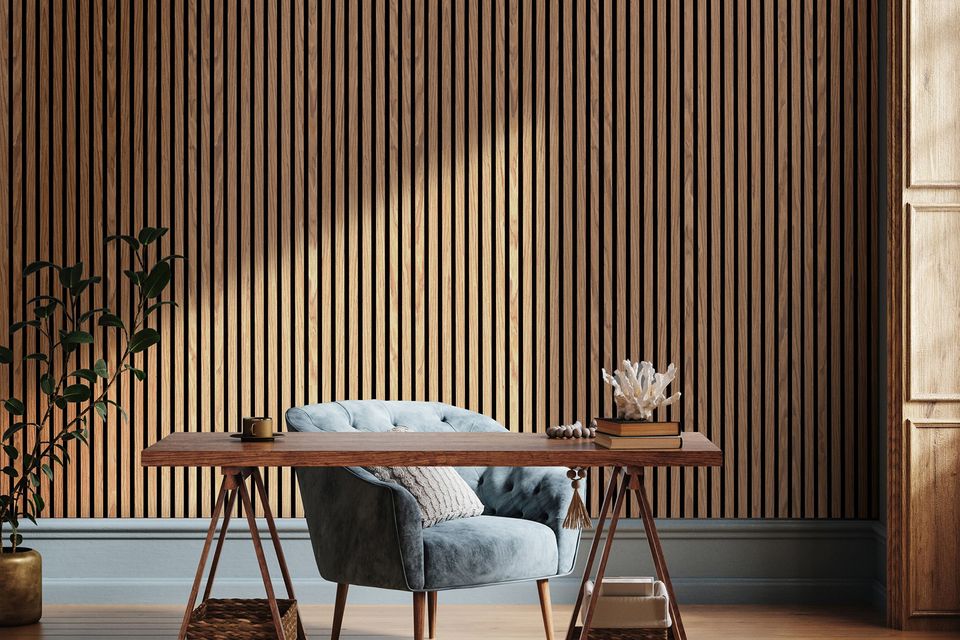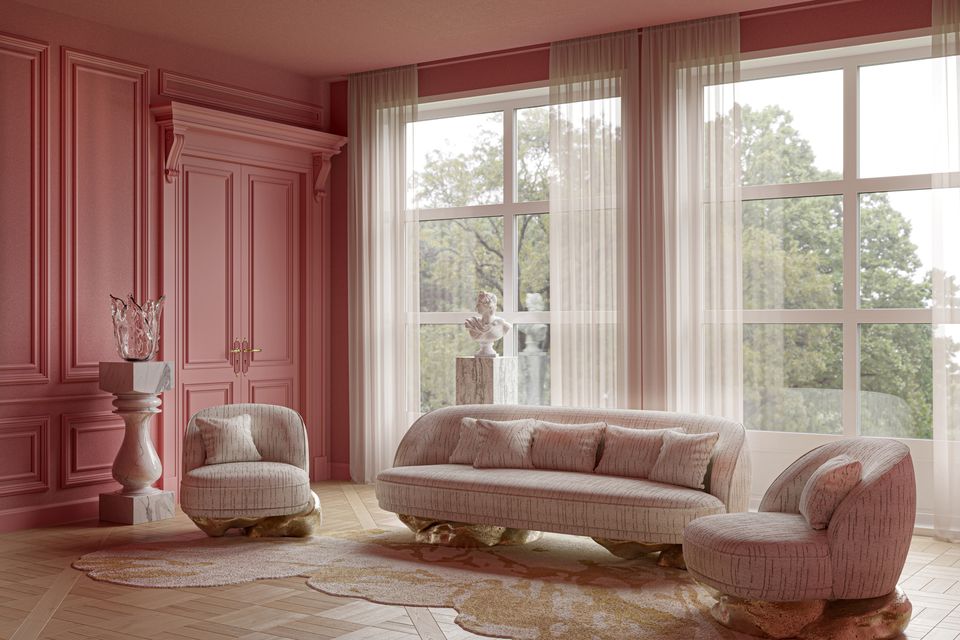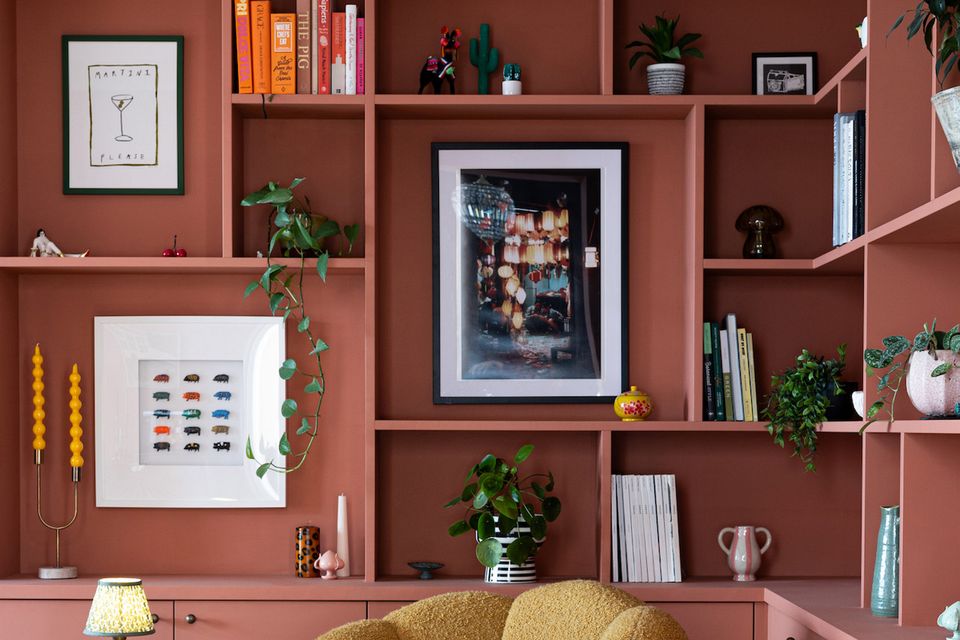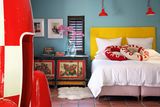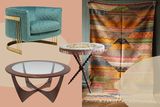Don’t be afraid of the wood-on-wood trend — here’s how carefully chosen floors can uplift a kitchen
Much like double denim, the trick with a wood-on-wood kitchen is to fully commit and put your own unique spin on the look
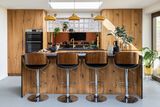
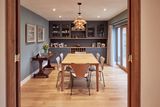

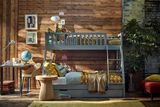


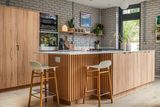
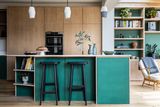
A bare wood kitchen on a wooden floor was once a design crime akin to double denim in fashion. Apparently you can have too much of a good thing. Now both styles are trending with a vengeance.
“People are scared of wood-on-wood,” says John Flannery of Havwoods, a company that specialises in wooden flooring. “They don’t want to put a wood kitchen on a wood floor, but their opinion changes when they see it somewhere else.” Like double denim, the concept is scary but the look can slay.
Floor from Havwoods
I’m in the Havwoods showroom in Ballymount, Dublin, getting a crash course in real wood flooring. It’s termed “real wood” because almost any material can be made to look like wood: ceramic, laminate, or composite. Such fakery tricks the eye but not the foot, especially not the stockinged foot, which is how most of us encounter our floors. “The floor is the biggest piece of furniture in the room and we use it every time we’re in the room,” Flannery says.
In general, engineered wood floors cost between €50 and €80 per metre. Laminate flooring (a multi-layered synthetic that may or may not mimic wood) is less than half the price. Havwoods is a medium-to-high end brand with floors starting at €80 per metre and most customers spending between €8,000 and €10,000 for the downstairs of a typical three-bed semi-d.
It’s also possible to spend a great deal more. Not all wood floors are created equal and appearances can be misleading.
Floor and panelling from Havwoods
“Wood floors are complex,” Flannery explains. “That’s why the showroom is important.” A solid wood floor sounds like the gold standard, to be sanded down until the end of time, but actually it’s strangely volatile. It expands, contracts, and doesn’t work with underfloor heating. Havwoods’ business is in engineered wood, constructed of multiple layers under top layer of hardwood (imagine a club sandwich in cross section). Because the floors look identical from above, it’s easy to be beguiled by price. A thick layer of hardwood will be more expensive than a thin one, but will also last longer. Whether the cheaper floor is good value depends on how you use the room.
Then, there’s the choice of finish. Oiled wood floors look elegant but require regular maintenance; lacquered floors are easy to maintain but don’t look as natural.
“An oiled floor in a kitchen is going to take a pounding from day one,” says Flannery, recommending a lacquered finish instead. “The real issue with a wooden kitchen floor isn’t style, it’s about choosing a finish durable enough to withstand high traffic, spills, pivot points and grease.”
Cabin with wood panelling, furniture from DFS
You can also spend or save on the size and layout of floorboards. Planks are the most cost-effective, but only if they’re of standard width. The wider the plank, the higher the price. A parquet floor where the wood is arranged in a chevron pattern (a continuous zigzag with the pieces cut to a point) is pricier than a herringbone pattern (an interlocking zigzag assembled from rectangular boards).
Design-wise, it’s a subtle detail but going for a herringbone layout over chevrons can save you money.
A wall of the showroom shows samples, ranging from smooth to rustic and from dark to light through all the different tones. Some look like exotic woods from far flung places but, surprisingly, all are made of oak.
Living room with blush pink panelling and a wood floor from Covet House
“Almost every wood floor is made of oak now,” Flannery says. “It’s fast growing, in hardwood terms, grows in Europe and is easily manipulated in terms of colour.”
In terms of sustainability, he suggests you look for FSC, PEFC, or Cradle-to-Cradle certification and check the data sheets. Some unscrupulous companies flaunt the certification, but when you read the small print, you find that certified timber is “available on request”.
Reclaimed wood flooring is an option from Havwoods, for almost twice the price of a new floor. “The wood hasn’t been used for a floor before — it’s not re-used flooring — and has undergone many processes,” says Flannery, explaining the cost.
Peach bookcase by Wood Works Brighton
Along with the surge of interest in wood floors, he’s also noticed a sharp rise in demand for ribbed wooden wall panelling (€130 for a 3m x 600cm panel). Some panelling comes on a flexible backing, so it can be fitted around corners or the curve of an island.
These days you can’t lob a brick into a kitchen showroom without hitting a ribbed or fluted panel. The Brera kitchen from Cucine Lube was launched at Salone del Mobile in Milan in April to great fanfare. It’s an example of how kitchen companies are pushing sustainably sourced timber, combining fast-growing eucalyptus and paulownia with oak.
Kitchen from Wood Works Brighton
Paulownia (or foxglove tree) is a fast growing species and, due to its light weight, known as the “aluminium of timber”. A commentator for Live Milano described “doors veneered in reeded wood with a suggestive smoked eucalyptus colour”. As with double denim, the trick with wood-on-wood is to commit wholeheartedly, but interpret the trend in a slightly unusual way. The Brera kitchen comes to Cucine Lube’s Limerick showroom later this month with prices starting at €30,000.
Irish furniture makers have always favoured wood. “It’s a beautiful natural material to work with and it gives warmth to a space,” says Colin Harris. Based in Newcastle, Co Dublin, he makes furniture from wild Irish hardwood, sourced through a sawmill in Bray, Co Wicklow. “When a tree dies or needs to be taken down, the tree surgeons send the logs to the sawmill where it’s kiln-dried and cut into boards.”
Kitchen from Wood Works Brighton
At the moment he’s working with a client in Co Meath who wants to make a dining table from a dying horse chestnut tree on their land. Wild wood, Harris feels, has more character than commercially grown timber. The branches grow naturally and the tree twists, following the sun,” he says. “It gives the wood a richness that’s quite different from trees grown for uniformity.”
As well as bespoke work, Harris has a range of designed items which he makes to order. His current favourites are candle cubes (€95 for a set of three) made from Irish redwood. The Californian tree was introduced to large estates in Ireland and Harris has found that by gently scorching the wood, it comes out in stripes. “It brings out the difference between winter and summer growth.”
cucinelube.ie, havwoods.ie and colinharris.ie
Read more
Join the Irish Independent WhatsApp channel
Stay up to date with all the latest news


